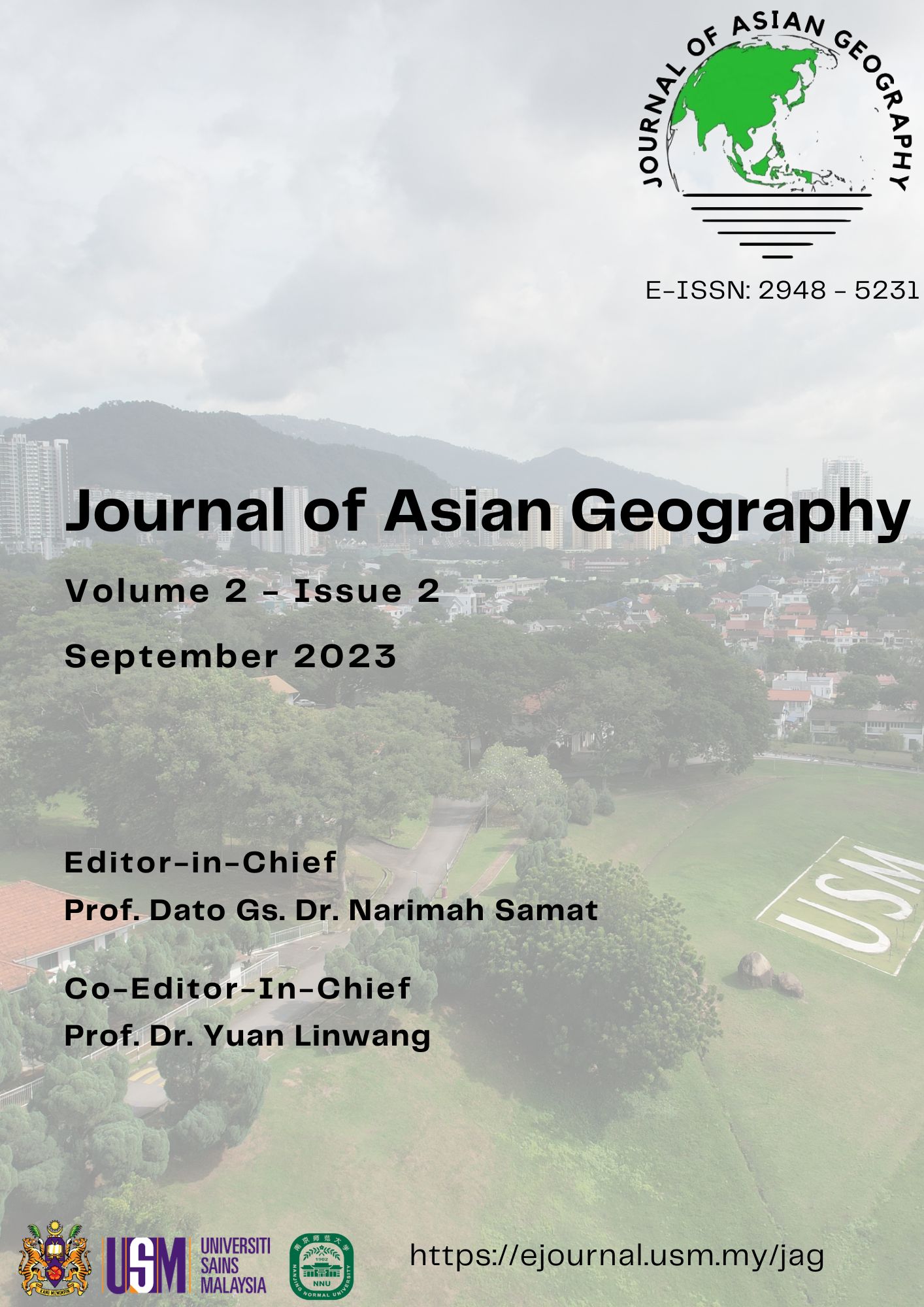Monitoring Lake Level Changes in Bosten Lake from 2003-2021 based on Multi-source Satellite Altimetry Data
https://doi.org/10.36777/jag2023.2.2.2
DOI:
https://doi.org/10.36777/jag2023.2.2.2Keywords:
CryoSat- 2, ICESat, ICESat- 2, Satellite altimetry, Water levelAbstract
The investigation of freshwater lake water resource changes in arid regions is crucial for understanding the evolution of regional lake dynamics under climate change, given their value and limited availability. This study aims to overcome the limitations of traditional water level monitoring methods and address the practical need for monitoring water level changes in Lake Bosten, located in the arid and semi-arid regions of China. To this end, we employed ICESat, ICESat-2, and CryoSat-2 altimetry data, as well as Landsat 8-OLI optical remote sensing data, to obtain the water level information for Bosten Lake from 2003 to 2022. We analyzed the temporal variation of the lake level and discussed the response of the lake level to climate and human activities in the context of temperature, precipitation data, and human water use. The water level of Lake Bosten exhibited a decreasing and then increasing trend, with three rising and three falling intervals, respectively. The intra-year variation of the lake water level exhibited bimodal characteristics, and the fluctuation range of water level during abundant water periods was greater than that during dry periods. Finally, we correlated the extracted lake water level with the measured water level at the hydrological station and found a significant positive linear correlation between the observed water level of Bosten Lake based on satellite altimetry and the measured water level at the hydrological station, with an overall correlation coefficient of 0.896 and 0.934 (P < 0.01), indicating high accuracy of the water level results obtained in this study. The dynamics of Lake Bosten are influenced by a combination of climate change, hydrological elements, and human activities, with a relatively weak relationship between climate change and lake volume and a strong influence of human activities. Multi-source altimetry satellites provide a powerful tool for monitoring lake water levels over a long time scale, which is critical for studying lake water level changes and their response to climate and the environment.
Downloads
Published
Issue
Section
License
Copyright (c) 2023 Journal of Asian Geography

This work is licensed under a Creative Commons Attribution 4.0 International License.


